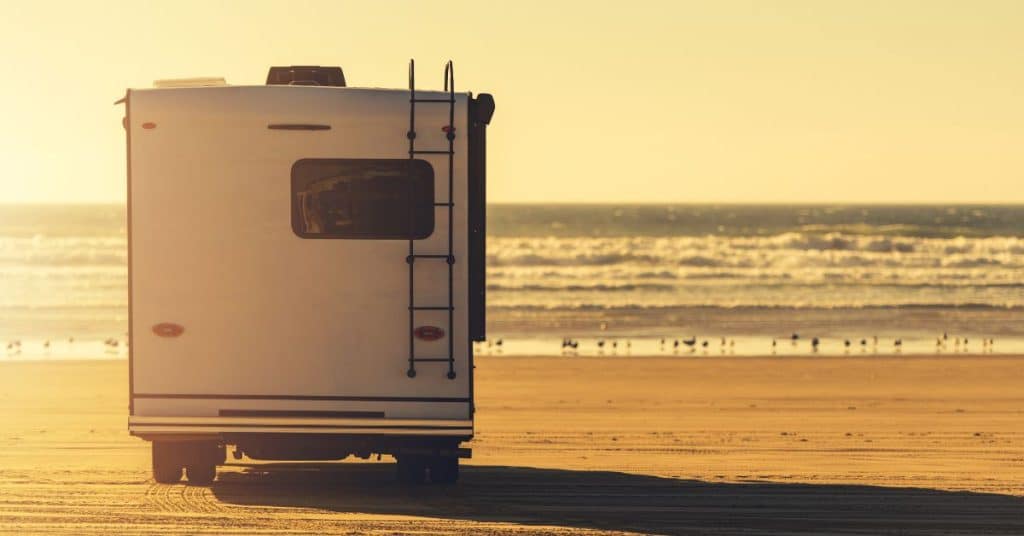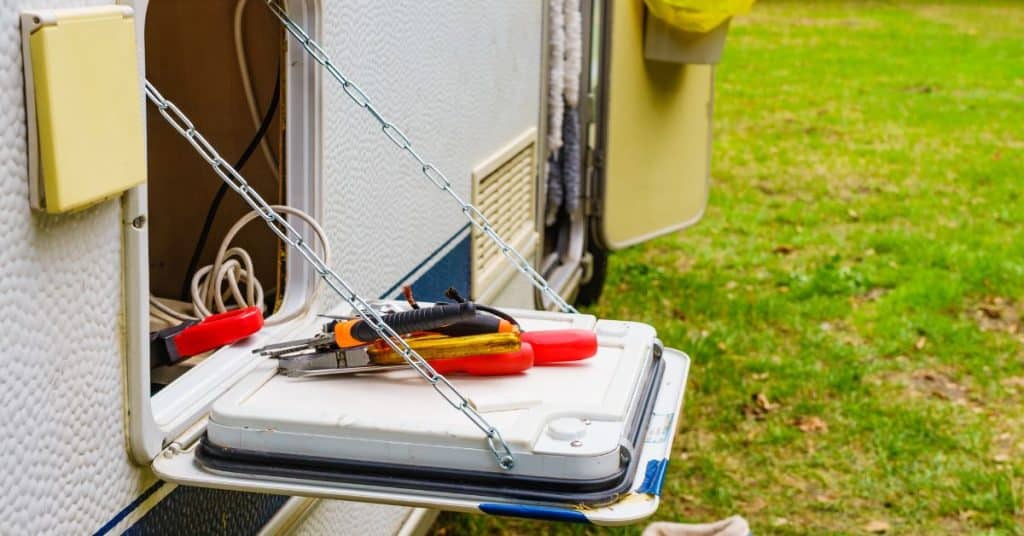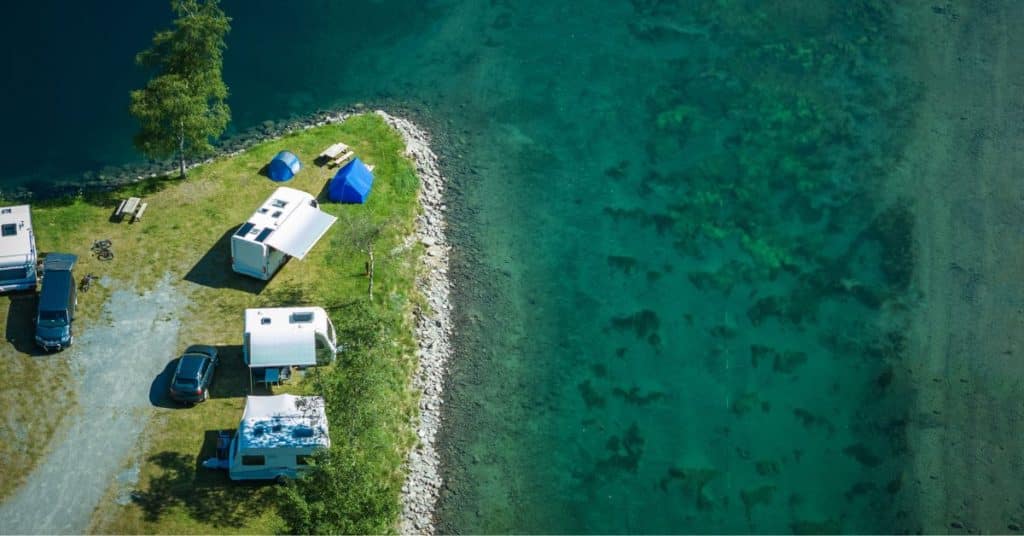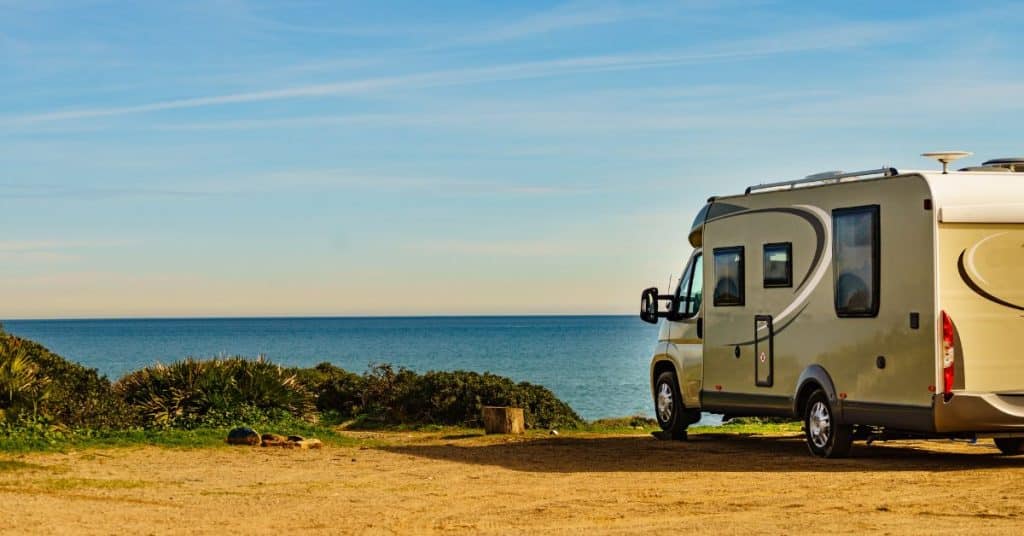If you’re wondering how to keep RV cool in summer, especially in the Florida Keys, you’re not alone. The hot, humid climate of the Keys can turn an RV into an uncomfortable oven if you’re not prepared.
Luckily, there are several practical solutions to beat the heat and enjoy your RV trip without constantly sweating. Whether you’re planning your adventure, are already soaking up the sun in the Keys, or simply want to learn more about RVing, we have come up with some tips that will help you stay comfortable and cool all summer long.
1. Use Reflective Window Covers to Block Out Sunlight
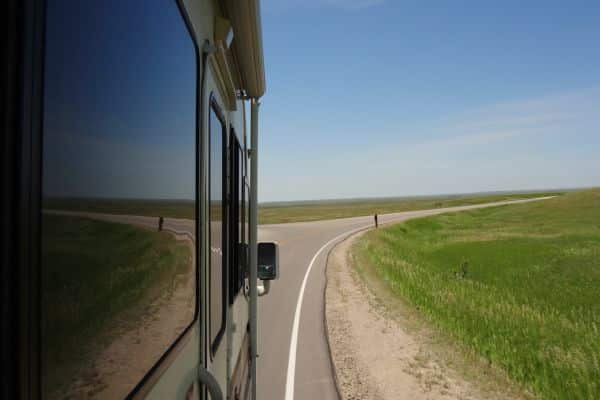
One of the simplest and most effective ways to keep your RV cool is to block out the sunlight before it even enters your RV.
Reflective window covers are an inexpensive solution that can make a big difference in keeping the interior temperature down. These covers reflect the sun’s rays and prevent heat from building up inside, making your air conditioning system work less to keep your RV at a comfortable temperature.
2. Park Strategically in Shaded Areas
When it comes to parking, shade is your best friend. If you’re staying in a campground or RV park, try to choose a spot with natural shade, like under large trees or a shaded area of the lot.
The less direct sunlight your RV is exposed to, the cooler it will stay.
This small adjustment can have a significant impact on how comfortable your RV feels throughout the day.
Discover hidden-gem beaches, explore the Florida Keys food scene, find the perfect accommodation, experience the Keys’ stunning waters, and much more.
3. Utilize Air Conditioning Systems
Your air conditioning system is your primary defense against the Florida Keys heat. If your RV is equipped with a built-in AC unit, be sure to perform regular maintenance to ensure it’s working efficiently.
In addition to your RV’s built-in AC, consider using a portable air conditioning unit for an added boost. Portable units are versatile and can be positioned in areas where your built-in system may struggle to keep cool, such as the sleeping area.
4. Create Cross-Ventilation with Fans and Windows
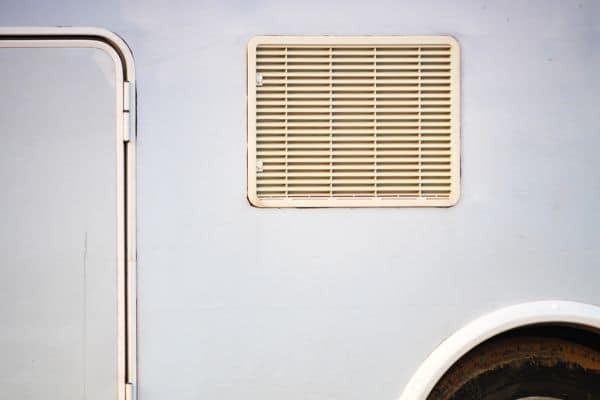
For those times when the air conditioning isn’t practical or you want to save energy, creating cross-ventilation is key. Open windows on opposite sides of the RV to let the breeze pass through, and place portable fans to guide the airflow. This technique helps to keep air moving, preventing stagnant, hot air from building up inside.
Even in the hottest months, a good cross-breeze can make the interior feel noticeably cooler.
5. Install Heat-Blocking Curtains
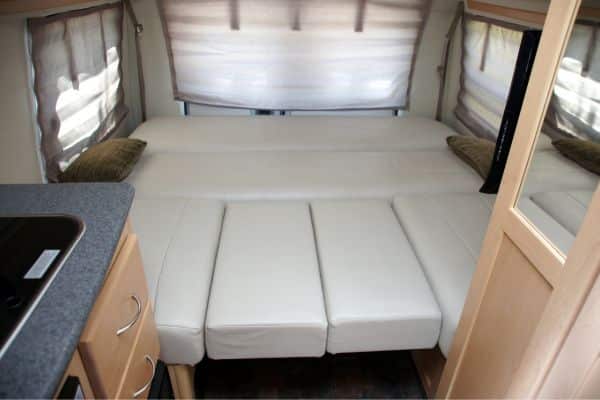
Heat-blocking curtains are a great addition to any RV during the summer months. These curtains are designed to block out heat and UV rays, keeping the temperature inside more manageable. They also add an extra layer of privacy, making them a dual-purpose solution.
By installing heat-blocking curtains, especially on windows that face direct sunlight during the day, you’ll find that your RV stays cooler, even without the AC blasting all the time.
6. Consider Solar-Powered Fans for Energy-Efficient Cooling
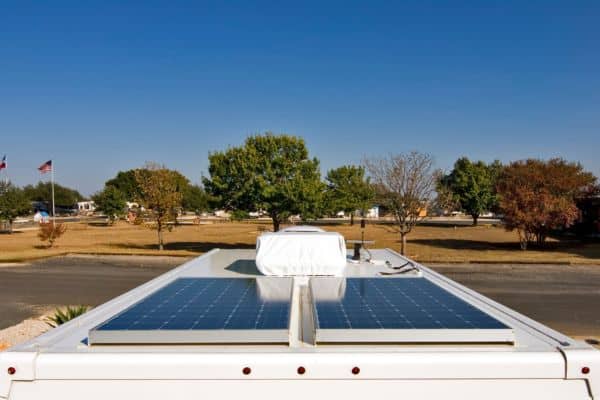
For an eco-friendly way to keep your RV cool, solar-powered fans are a fantastic option. These fans use energy from the sun to run, which is both cost-effective and energy-efficient. You can install solar-powered vent fans on the roof to help push out hot air, or you can place portable solar fans near windows to draw in cooler air.
In the Florida Keys, where sunlight is plentiful, solar-powered fans are an ideal way to stay comfortable without using up your battery power.
7. Use Rugs and Outdoor Mats
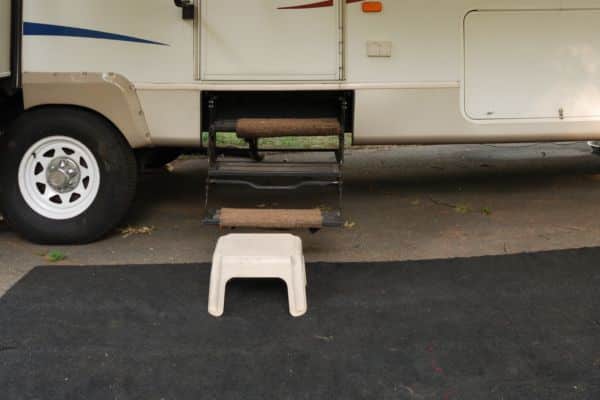
One often overlooked way to keep your RV cool is to focus on the ground. Hot ground surfaces, such as asphalt or sand, can radiate heat up into your RV.
By placing outdoor rugs or mats around your RV, you can reduce the heat rising up and make it feel cooler inside. This simple addition can be particularly effective when used in conjunction with other cooling strategies.
8. Cook Outside to Keep Heat Out
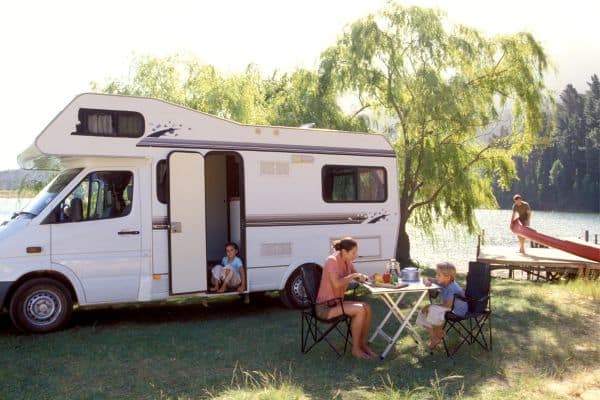
Cooking inside your RV can quickly raise the interior temperature, especially when using the stove or oven. To keep the RV cooler, opt for outdoor cooking options. Whether you use a grill or portable stove, preparing meals outside helps prevent extra heat from accumulating indoors.
Plus, outdoor cooking is a quintessential part of RV life, allowing you to enjoy the beautiful surroundings of the Florida Keys while you cook. You can have the chance to cook your own catch after probably dockside fishing or joining a fishing charter.
Stay Cool on Your Next RV Adventure
Keeping your RV cool in the summer doesn’t have to be a challenge. By combining these practical solutions, you can beat the heat and make the most of your time in the Florida Keys.
Want more tips to enhance your RV experience? Sign up for our newsletter for exclusive advice, updates, and travel guides to help you make the most out of your RV adventures in the Keys.
Related Articles
Having an RV essentials list is honestly one of the best things that makes our lives easier whenever we’re planning to go on an RV road trip. That’s why we have designed a list to help RV travelers understand what they need to bring and why each item is important.
Here’s a comprehensive packing list to help you make the most of your waterfront adventure, along with other helpful tips to enhance your stay.
If it’s your first time RVing in the Florida Keys, there are a few things you’ll want to know to ensure your trip goes smoothly and your RV experience is everything you dreamed of.
How To Keep RV Cool In Summer FAQs
The ideal summer temperature for an RV is 72-78°F (22-26°C). This range ensures comfort without overburdening your AC.
No, it’s better to avoid leaving the AC on constantly to save energy and reduce wear. Use a mix of cooling methods like window covers and fans to maintain comfort.
Maximize airflow with cross-ventilation, use reflective covers and heat-blocking curtains, park in the shade, and cook outdoors to prevent heat buildup.
Yes, using a breathable RV cover reduces heat build-up and protects your RV from sun damage when parked for extended periods.


